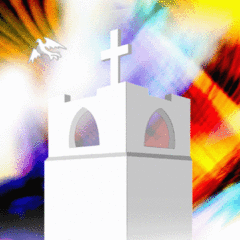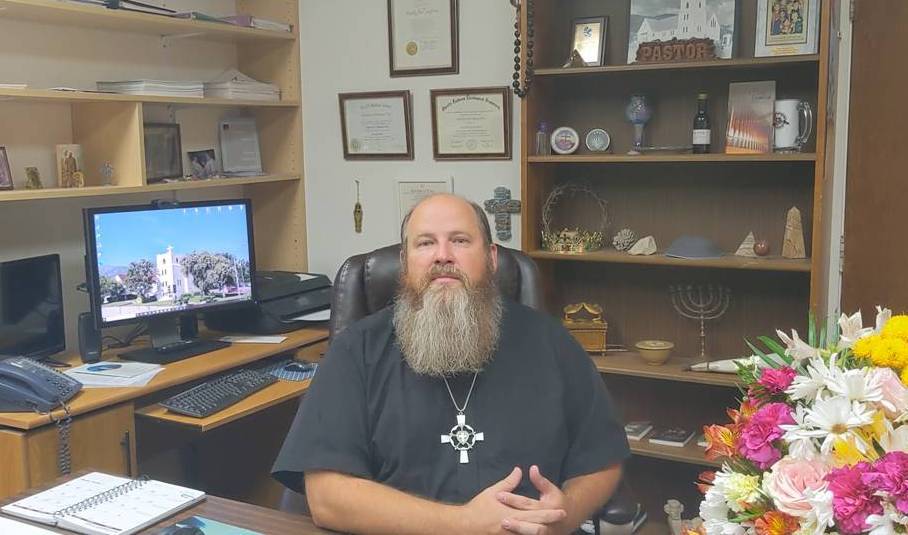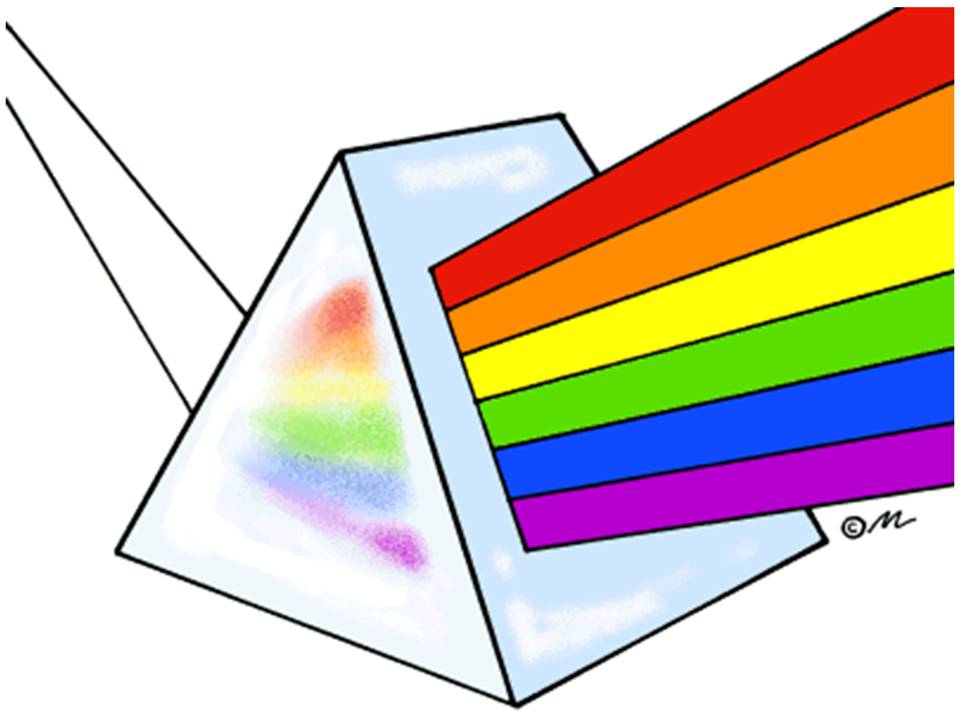As Christians we are supernaturalists. We acknowledge that there are dimensions of reality that transcend the material universe. In fact, it may perhaps be that the “dark matter” and “dark energy” of modern quantum physics and cosmology are indications of what ancient people simply referred to as the “spirit domain” or the “heavenly realm.” In any case, Christians hold to the reality of the Spirit of the Eternal and Almighty God who transcends and infuses all that is, both seen and unseen. Therefore, we profess and assert that our existence is simultaneously natural and supernatural, material and ethereal, physical and metaphysical.
In his book Miracles, C.S. Lewis wrote the following: “The central miracle asserted by Christians is the Incarnation. They say that God became Man. Every other miracle prepares for this, or exhibits this, or results from this.” In other words, the Eternal became temporal; the Heavenly became earthly; the Immortal became mortal; the Imperishable One became perishable for a time for our sake. That is, God the Son became a man so that we might become sons and daughters of God. Such a mystery of mysteries! A wonder of wonders! The miracle of all miracles!
Thanks be to God we are heading into the time of year when we commemorate the birth of the One: the Messiah of God who is our peace, and who inspires and empowers our ‘grace-fullness’ and ‘peace-fullness’ in the world. It is the commemoration of the First Advent of Yeshua HaMashiach (Jesus the Christ) over two thousand years ago; the One who is Yeshua Ben David (Jesus the Son of David), Yeshua Ben Miriam (Jesus the Son of Mary), and Yeshua Ben Elohim (Jesus the Son of God)…
But the angel said to them, “Do not be afraid; for see—I am bringing you good news of great joy for all the people: to you is born this day in the city of David [Bethlehem] a Savior, who is the Messiah, the Lord. This will be a sign for you: you will find a child wrapped in bands of cloth and lying in a manger.” And suddenly there was with the angel a multitude of the heavenly hosts, praising God and saying, “Glory to God in the highest, and on earth peace among those with whom he is pleased!”
(Luke 2:10-14)
This is GOOD NEWS indeed! It fuels true joy and peace, just like Simeon of Jerusalem, who was devout and looked forward to the consolation and restoration of Israel. It had been revealed to him by the Holy Spirit that “he would not see death before he had seen the Lord’s Messiah.” So, guided by the Spirit, Simeon came into the Jerusalem Temple, and when Joseph and Mary brought in the child Jesus to do for him what was customary under the biblical law of the Torah, Simeon took him in his arms and praised God…
“Master, now you are dismissing your servant in peace, according to your word; for my eyes have seen your salvation, which you have prepared in the presence of all peoples, a light for revelation to the Gentiles and for glory to your people Israel.”
(Luke 2:29-32)
Like Simeon, may we also be filled with this inner peace and joy as we celebrate the birth of our Lord Jesus Christ, through whom the perfect Almighty God redeems an imperfect humanity. For we have forgiveness of sins and life everlasting in, with and through Jesus our Savior! He is our salvation, the Light of the World (John 8:12), so let us pray and seek and work for a more peaceable world in the name of our Lord Yeshua.
Good Advent & Merry Christmas!!! Pastor Tim


